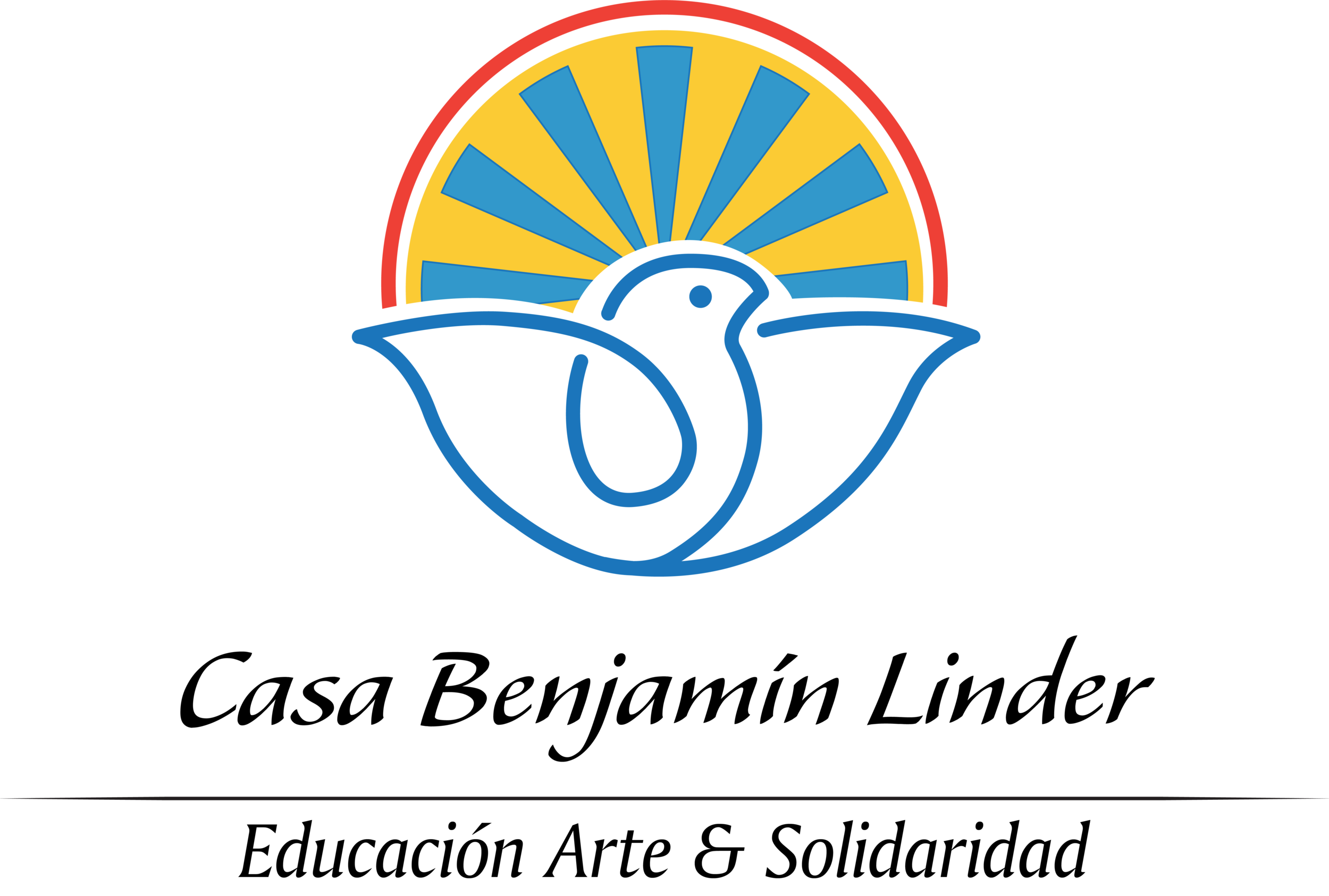Virtual Course and Film Festival
The Rights of Indigenous and Afro-descendant Peoples on Nicaragua’s Caribbean Coast
Recordings of Classes (English):
Session 1, October 19: Rights of Indigenous and Afrodescendant Peoples
Session 2, October 28: Caribbean Coast History
Session 3, November 2: North Caribbean Region
Session 4, November 9: South Caribbean Region
Background reading:
1. A Brief History of Nicaragua by the ATC
2. Uniting a Country and its People: Thirty-Two Years of Autonomy on Nicaragua’s Caribbean Coast, in the e-book: The Revolution Won’t be Stopped
3. The e-book: Neocolonial Lies, Autonomous Reality. (particularly the introduction and some of the interviews).
4. Jonah Blaustein, “Report Back from Nicaragua Caribbean Coast Delegation,” June 2023.
Film Festival:
“RAMA” (About the Rama People of the South Caribbean Coast Autónomous Region.) This is the group with the smallest population and the largest territory. They discuss efforts to preserve their language and culture. In Rama, Creole English, and Spanish.
“Las mujeres del Wangki” (2017) is about the Miskitu and Mayangna women who live on the banks of the Coco (Wangki) River on Nicaragua’s northern border. They have historically suffered triple violence because they are Indigenous, poor, and female. In Miskitu and Spanish with Spanish subtitles.
“Pikineras” (2012) is a documentary filmed along the Miskito Coast of Nicaragua and Honduras. It shows the life and work of the women “pikineras” who pick out lobster harvested by divers, and sell it. In Miskito and Spanish with Spanish subtitles.
“Lubaraun” was filmed on the Nicaraguan and Honduran Caribbean coast, about the return of an older man from the Nicaraguan town of Orinoco (South Caribbean) to the land of his ancestors in Honduras, revealing the cosmovision of the Garífuna People. In Creole, Spanish, and Garífuna. With English subtitles.
“The Black Creoles” centers on the history and culture of the creole community on the Nicaragua Caribbean Coast. English subtitles.

